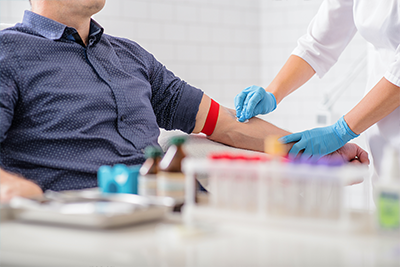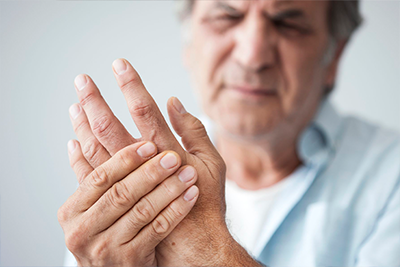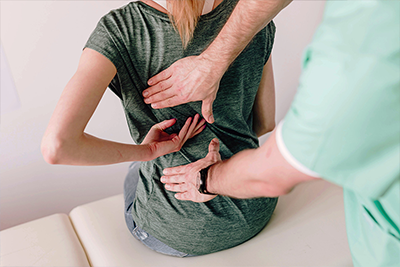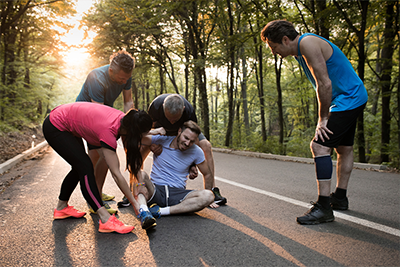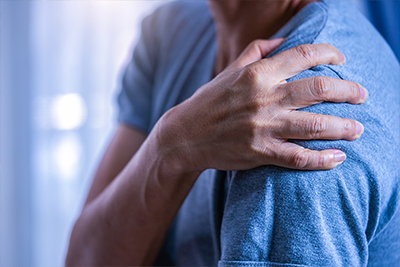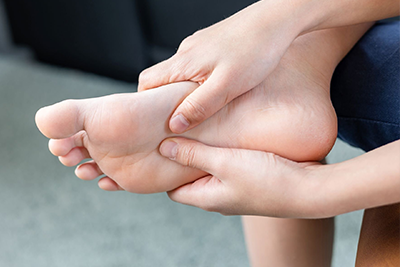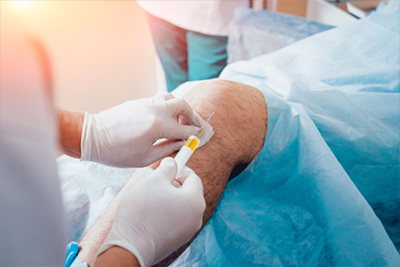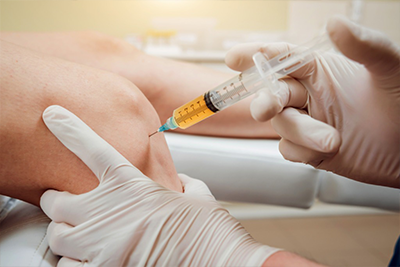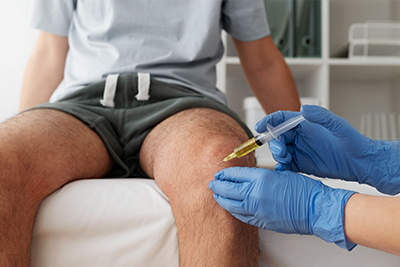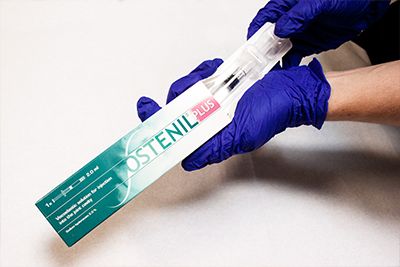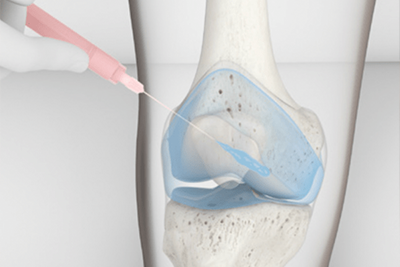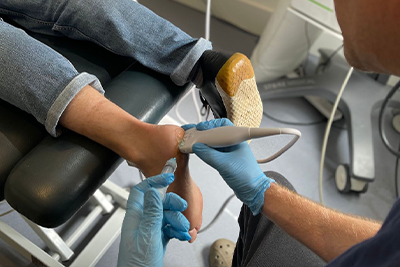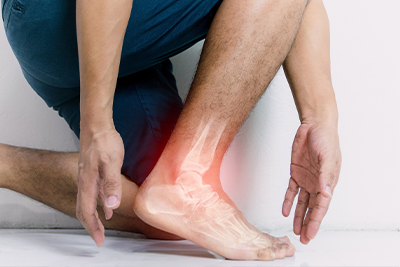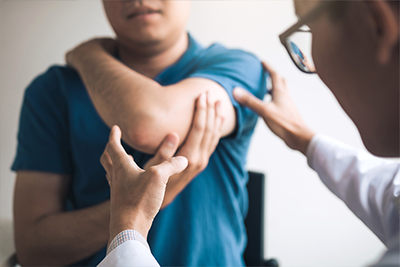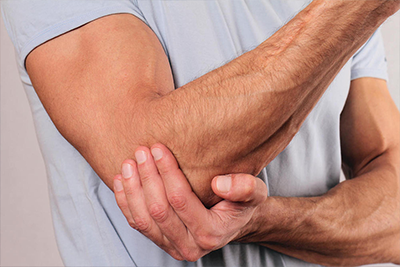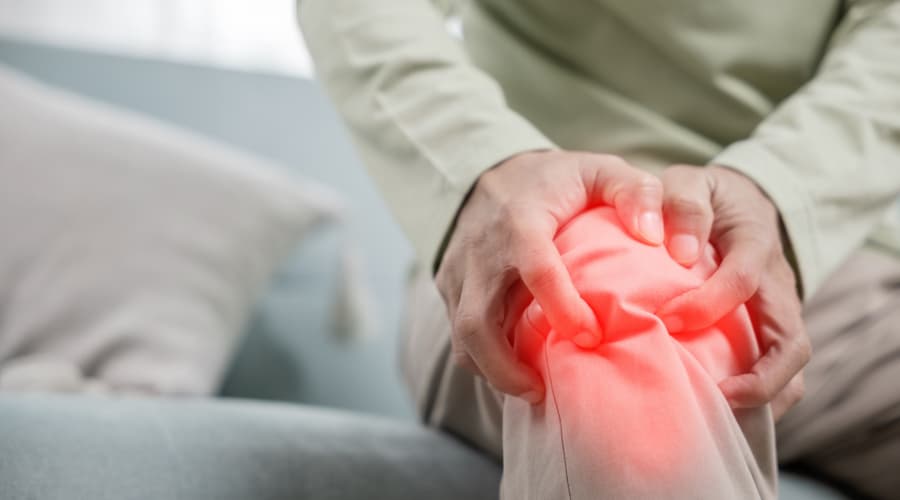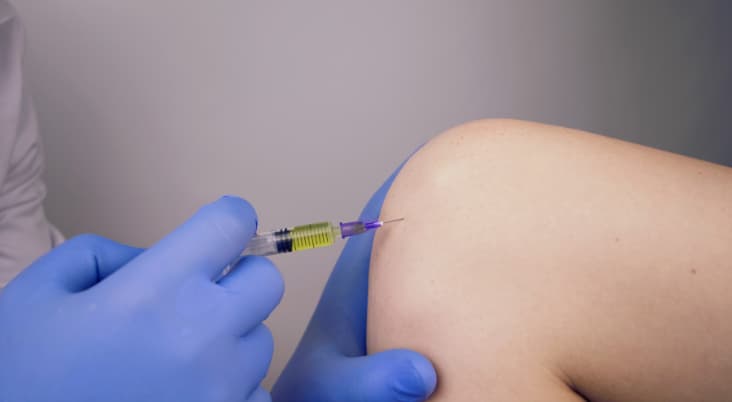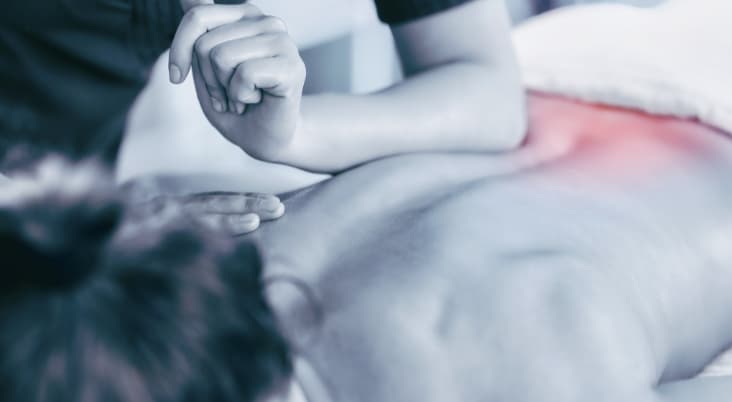Knee pain is a prevalent condition affecting individuals of all ages and activity levels. It is one of the most common reasons people visit healthcare providers, with millions experiencing knee discomfort annually. Knee pain can arise from various causes, including injuries, arthritis, and overuse. This condition can significantly impact daily activities, making simple tasks such as walking, climbing stairs, or even sitting uncomfortable and challenging. Persistent pain can also affect overall quality of life, reducing mobility, decreased physical activity, and emotional distress.
Regular exercise plays a crucial role in managing knee pain and facilitating rehabilitation. It helps strengthen the muscles around the knee, providing better support and reducing strain on the joint. Exercises to improve flexibility and range of motion can alleviate stiffness, while specific strengthening exercises can enhance stability and prevent further injury. A consistent exercise routine can reduce inflammation and pain, improving knee function and mobility. By maintaining an active lifestyle, individuals can significantly improve their quality of life and reduce the risk of future knee problems.
According to the NHS, knee pain is widespread, affecting a significant portion of the population. Statistics indicate that knee pain is a leading cause of disability, particularly among older adults. The NHS reports that conditions like osteoarthritis are a common culprit, with millions of cases diagnosed each year. Key findings from NHS reports highlight that knee pain often results from both acute injuries, such as ligament tears and meniscus injuries, and chronic conditions like arthritis.
Knee Pain
-
Common Causes of Knee Pain
Arthritis:
Arthritis is a leading cause of knee pain, particularly among older adults. Osteoarthritis, the most common form, involves the gradual wear and tear of cartilage, which cushions the ends of bones in the knee joint. As this cartilage deteriorates, bones begin to rub against each other, causing pain, swelling, and reduced mobility. Rheumatoid arthritis, an autoimmune condition, also affects the knee by causing inflammation in the joint lining, leading to pain and swelling.
Injuries:
Knee injuries are another significant cause of pain. Common injuries include ligament tears, such as anterior cruciate ligament (ACL) tears, which often occur during sports activities involving sudden stops and direction changes. Meniscus injuries, involving tears in the cartilage that cushions the knee joint, can happen due to twisting motions or direct impact. These injuries not only cause immediate pain and swelling but can also lead to long-term knee instability and dysfunction if not properly treated.
Overuse:
Conditions resulting from overuse, such as runner’s knee (patellofemoral pain syndrome) and iliotibial band (IT band) syndrome, are prevalent among athletes and active individuals. A runner’s knee occurs when the cartilage under the kneecap is irritated due to repetitive stress, causing pain around the kneecap, especially during activities like running or squatting. IT band syndrome involves inflammation of the thick band of tissue running from the hip to the outside of the knee, leading to pain in the outer knee, particularly during prolonged activities like running or cycling.
-
Symptoms of Knee Pain
Pain and Swelling:
Depending on the underlying cause, knee pain can range from a dull ache to sharp, intense discomfort. Swelling often accompanies knee pain, indicating inflammation or fluid buildup in the joint. This swelling can cause the knee to feel warm to the touch and can limit the knee’s range of motion.
Stiffness:
Stiffness in the knee is a common symptom, particularly in the morning or after periods of inactivity. This stiffness can make it difficult to fully bend or straighten the knee, impacting daily activities such as walking, climbing stairs, or getting up from a seated position.
Instability:
Feelings of instability or the sensation that the knee is giving way can occur, especially in cases of ligament injuries or severe arthritis. This instability can make bearing weight on the affected leg challenging, increasing the risk of falls and further injury.
Locking or Clicking Sensation:
Some individuals experience a locking or clicking sensation in the knee, where the joint momentarily becomes stuck or clicks during movement. Loose fragments of cartilage or bone can cause this within the joint or by a torn meniscus that interferes with the smooth motion of the knee. These sensations can be alarming and often indicate underlying structural issues that require medical attention.
Importance of Knee Exercises
Strengthening Muscles Around the Knee:
Strong muscles support the knee joint. The quadriceps, hamstrings, and calf muscles all contribute to the knee’s stability and function. By regularly engaging in exercises that target these muscle groups, individuals can enhance the strength and resilience of their knees. This support reduces the strain on the knee joint, helping prevent injuries and alleviate existing pain.
Improving Flexibility and Range of Motion:
Maintaining and improving flexibility in the knee joint is essential for comfortably performing everyday activities. Regular stretching exercises help keep the muscles and ligaments around the knee flexible, which in turn improves the range of motion. This can prevent stiffness and make walking, bending, and climbing stairs easier and less painful.
Reducing Pain and Inflammation:
Regular exercise effectively reduces pain and inflammation associated with various knee conditions. Physical activity promotes circulation, which helps to decrease swelling and pain in the knee joint. Additionally, exercises that strengthen the surrounding muscles can reduce the pressure on the knee, further alleviating pain.
Enhancing Stability and Preventing Further Injury:
Strengthening exercises are vital for improving the knee’s stability. A stable knee is less prone to injuries such as ligament tears and meniscus damage. Individuals can improve their balance and coordination by building up the muscles around the knee, making the knee less likely to give way during activities. This proactive approach can prevent future injuries and maintain knee health.
-
When to Start Knee Exercises
Post-Injury/Surgery Recovery Timeline:
Starting knee exercises at the appropriate time following an injury or surgery is essential. Initially, rest and allow the acute phase of healing to occur. The gradual introduction of exercises can usually begin within a few days to weeks, depending on the severity of the injury or type of surgery. Gentle range-of-motion and strengthening exercises should be introduced first, followed by more intensive exercises as healing progresses. Always follow the specific timeline and recommendations your healthcare provider provides to ensure a safe recovery.
Consult with Healthcare Providers:
Before beginning any knee exercise routine, consulting with a healthcare provider, such as a doctor or chiropractor, is essential. These professionals can assess your condition and develop a tailored exercise program that meets your needs. They can guide the types of exercises that are safe and effective for your situation, monitor your progress, and make adjustments as necessary to optimise your recovery and prevent complications. Engaging with healthcare providers ensures you perform the right exercises correctly, promoting successful rehabilitation and long-term knee health.
Types of Knee Exercises
-
Stretching Exercises
Heel Cord Stretch:
The heel cord stretch targets the calf muscles, crucial in knee flexibility and stability. To perform this stretch, stand facing a wall with one foot forward and the other leg extended back. Keeping both heels on the ground, gently press your hips forward until you feel a stretch in the back leg’s calf. Hold this position for 30 seconds and repeat on the other leg. This exercise helps to maintain the flexibility of the muscles and tendons around the knee, reducing stiffness and improving overall mobility.
To stretch the heel cord, stand facing a wall with your unaffected leg forward, slightly bent at the knee. Position your affected leg straight behind you, keeping the heel flat on the ground and the toes slightly inward. Gently press your hips forward toward the wall until you feel a stretch in the calf of your back leg. Hold this position for 30 seconds, then relax for 30 seconds. Repeat the stretch two to three times on each leg.
This stretch targets the gastrocnemius and soleus muscles in the calf, improving flexibility and reducing tension that can contribute to knee pain.
Standing Quadriceps Stretch:
This stretch focuses on the quadriceps, the large muscles at the front of the thigh that support the knee joint. Stand on one leg, using a chair or wall for balance if necessary. Bend the other knee, bringing your heel towards your buttock, and grasp your ankle. Pull your ankle closer to your body until you feel a stretch along the front of your thigh. Hold this position for 30 seconds and switch legs. Regularly performing this stretch can prevent muscle tightness and enhance knee function.
Begin the standing quadriceps stretch by standing on one leg, using a chair or wall for balance if necessary. Bend your other knee, bringing your heel toward your buttock. Grasp your ankle with your hand and gently pull your heel closer to your body until you feel a stretch along the front of your thigh. Hold this position for 30 seconds, then switch legs and repeat.
This stretch focuses on the quadriceps muscles, enhancing flexibility and reducing the risk of strain on the knee joint.
Supine Hamstring Stretch:
The supine hamstring stretch is designed to increase flexibility in the hamstrings located at the back of the thigh. Lie on your back with one leg bent and the other extended straight. Lift the straight leg towards the ceiling, keeping the knee slightly bent if necessary. Use a towel or strap around your foot to gently pull the leg closer to your body, feeling the stretch along the back of your thigh. Hold for 30 seconds and switch legs. This stretch helps to alleviate tension and improve the range of motion in the knee joint.
Lie on your back with one leg bent and the other extended straight. Lift the straight leg towards the ceiling, keeping the knee slightly bent if necessary. Use a towel or strap around your foot to gently pull the leg closer to your body, feeling the stretch along the back of your thigh. Hold for 30 seconds, then switch legs and repeat.
The supine hamstring stretch targets the hamstrings, improving flexibility and alleviating tension affecting knee mobility.
-
Strengthening Exercises
Straight Leg Raises:
Straight leg raises strengthen the quadriceps without undue stress on the knee joint. Lie on your back with one leg bent and the other extended straight. Tighten the thigh muscles of the straight leg and lift it about 6 inches off the ground. Hold for a few seconds, then slowly lower it back down. Repeat 10 times and switch legs. This exercise builds strength in the quadriceps, which helps to support and stabilise the knee.
Lie on your back with one leg bent and the other extended straight. Tighten the thigh muscles of the straight leg and lift it about 6 inches off the ground. Hold for a few seconds, then slowly lower it back down. Perform 10 repetitions and switch legs.
This exercise strengthens the quadriceps muscles, providing better support and stability for the knee joint.
Hamstring Curls:
Hamstring curls focus on strengthening the muscles at the back of the thigh. Stand with your feet hip-width apart, holding onto a chair or wall for balance. Slowly bend one knee, bringing your heel towards your buttock. Hold for a few seconds, and then lower the leg back down. Perform 10 repetitions and switch legs. This exercise enhances the strength of the hamstrings, providing better support for the knee.
Stand with your feet hip-width apart, holding onto a chair or wall for balance. Slowly bend one knee, bringing your heel towards your buttock. Hold for a few seconds, then lower the leg back down. Perform 10 repetitions and switch legs.
Hamstring curls strengthen the muscles at the back of the thigh, enhancing support for the knee.
Half Squats:
Half squats are effective for building strength in the quadriceps, hamstrings, and gluteal muscles. Stand with your feet shoulder-width apart and slowly lower your body into a half-squat position, bending your knees to about 45 degrees. Keep your back straight and your weight on your heels. Hold for a few seconds, and then rise back up. Repeat 10 times. This exercise helps strengthen the knee muscles, improving stability and function.
Stand with your feet shoulder-width apart and slowly lower your body into a half-squat position, bending your knees to about 45 degrees. Keep your back straight and your weight on your heels. Hold for a few seconds, then rise back up. Repeat 10 times.
Half squats build strength in the quadriceps, hamstrings, and gluteal muscles, improving overall knee stability and function.
Leg Extensions:
Leg extensions target the quadriceps and can be performed using a chair or bench. Sit with your back straight and feet flat on the ground. Slowly extend one leg straight out before you, tightening the thigh muscles. Hold for a few seconds, and then lower it back down. Perform 10 repetitions and switch legs. This exercise strengthens the quadriceps, enhancing knee support and reducing strain on the joint.
Sit with your back straight and feet flat on the ground. Slowly extend one leg straight out before you, tightening the thigh muscles. Hold for a few seconds, then lower it back down. Perform 10 repetitions and switch legs.
Leg extensions target the quadriceps, strengthening the muscles that support and stabilise the knee.
-
Balance and Stability Exercises
Single-Leg Stands:
Single-leg stands to improve balance and stability, which are crucial for knee health. Stand on one leg, using a chair or wall for support if needed. Hold this position for 30 seconds, then switch legs. As your balance improves, try performing the exercise without support or with your eyes closed. This exercise helps strengthen the muscles around the knee and improve proprioception, reducing the risk of falls and injuries.
Stand on one leg, using a chair or wall for support if needed. Hold this position for 30 seconds, then switch legs. As your balance improves, try performing the exercise without support or with your eyes closed.
Single-leg stands enhance balance and stability, strengthening the muscles around the knee and improving proprioception.
Balance Board Exercises:
Balance board exercises enhance knee stability and overall balance. Stand on a balance board with both feet and try to maintain your balance for as long as possible. As you become more comfortable, progress to standing on one leg or performing gentle squats on the board. These exercises engage multiple muscle groups around the knee, improving coordination and stability.
Stand on a balance board with both feet and try to maintain your balance for as long as possible. As you become more comfortable, progress to standing on one leg or performing gentle squats on the board.
Balance board exercises engage multiple muscle groups around the knee, improving coordination and stability.
Knee Exercise Routine
-
Warm-Up and Cool-Down
Warming up before knee exercises is essential to prepare the muscles, ligaments, and joints for physical activity. A proper warm-up increases blood flow to the muscles, making them more pliable and reducing the risk of injury. It also helps to gradually elevate the heart rate, preparing the cardiovascular system for the exercise session. Muscles are more likely to be stiff and less responsive without a warm-up, leading to strains or other injuries.
Warm-Up:
Practical warm-up activities include low-impact exercises that gently engage the muscles around the knee. Walking is a simple and effective way to start, as it activates the leg muscles and increases circulation. Stationary cycling is another excellent option, providing a controlled environment to warm the knees and surrounding muscles gradually. Both activities should be performed at a moderate pace for about 5 to 10 minutes to ensure the muscles are adequately prepared for more intensive exercises.
Cool-Down:
Cooling down after exercises is equally important as warming up. It helps to gradually lower the heart rate and relax the muscles, reducing the risk of post-exercise muscle soreness. Cool-down stretches should focus on the muscles that were engaged during the workout. Recommended stretches include the heel cord stretch, standing quadriceps stretch, and supine hamstring stretch. These stretches should be held for 30 seconds each, allowing the muscles to elongate and recover effectively.
-
Frequency and Duration
For optimal results, knee exercises should be performed regularly. A balanced routine includes strength, flexibility, and stability exercises, ideally conducted three to four times weekly. This frequency allows consistent improvement while giving the muscles adequate time to recover between sessions. Over-exercising can lead to fatigue and an increased risk of injury, so finding a sustainable routine is important.
Duration of Each Session:
The length of each exercise session can vary based on the individual’s fitness level and specific needs. Generally, a comprehensive knee exercise routine should last 30 to 45 minutes. This duration includes warming up, performing the main exercises, and cooling down. For beginners or those with significant knee pain, starting with shorter sessions of about 20 minutes and gradually increasing the duration as strength and endurance improve is advisable.
-
Progression and Adaptation
To continue progressing and avoid plateaus, gradually increasing the intensity and complexity of knee exercises is essential. This can be achieved by adding resistance, such as using ankle weights during leg raises or progressing to more challenging variations of exercises, like transitioning from half squats to full squats. Gradual progression helps the muscles adapt and grow stronger without overwhelming the knee joint, reducing the risk of injury.
Adjusting Exercises:
Listening to your body and adjusting exercises based on your progress and comfort levels is crucial for a successful exercise routine. If an exercise becomes too easy, increasing the number of repetitions or the duration can enhance its effectiveness. Conversely, if an exercise causes pain or discomfort, modifying the movement or reducing the intensity may be necessary. Consulting with a healthcare provider or chiropractor can provide personalised recommendations to ensure exercises are performed safely and effectively.
Treatments for Knee Pain
For those struggling with persistent knee pain, guided injections can complement rehabilitation exercises. At Vale Health Clinic, we offer advanced treatments, including:
- Hyaluronic Acid Injections: Improve joint lubrication and reduce stiffness, especially for osteoarthritis sufferers.
- Durolane and Arthrosamid: Provide long-lasting cushioning within the joint, offering significant pain relief.
- Cortisone Injections: Reduce inflammation for those experiencing acute knee pain.
At Vale Health Clinic, our team of experienced practitioners takes a comprehensive approach to knee pain rehabilitation. We combine expert assessments, personalised exercise plans, and advanced treatments to help you regain strength and mobility. Whether you’re dealing with arthritis, an injury, or overuse, we’re here to support your journey to pain-free living.
Related Articles
- Knee Pain FAQs
- Knee Osteoarthritis: Symptoms and Treatment
- Housemaids Knee: Symptoms & Treatment
- Runners Knee, a Recipe for a Pain-Free Knee
- There Are Many Reasons for Knee Pain



